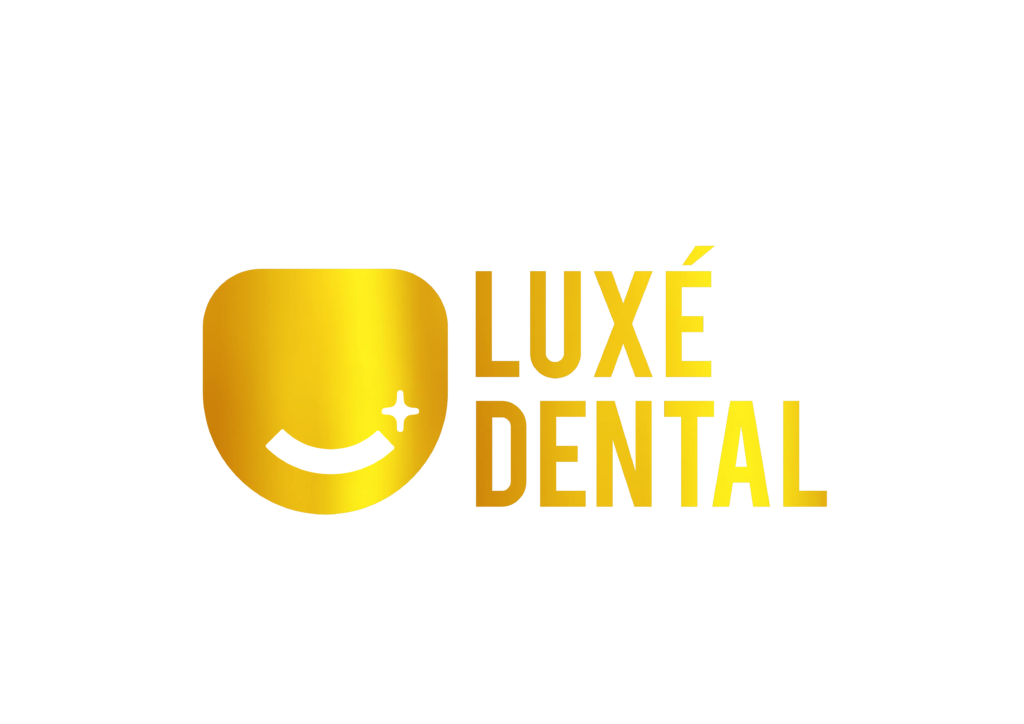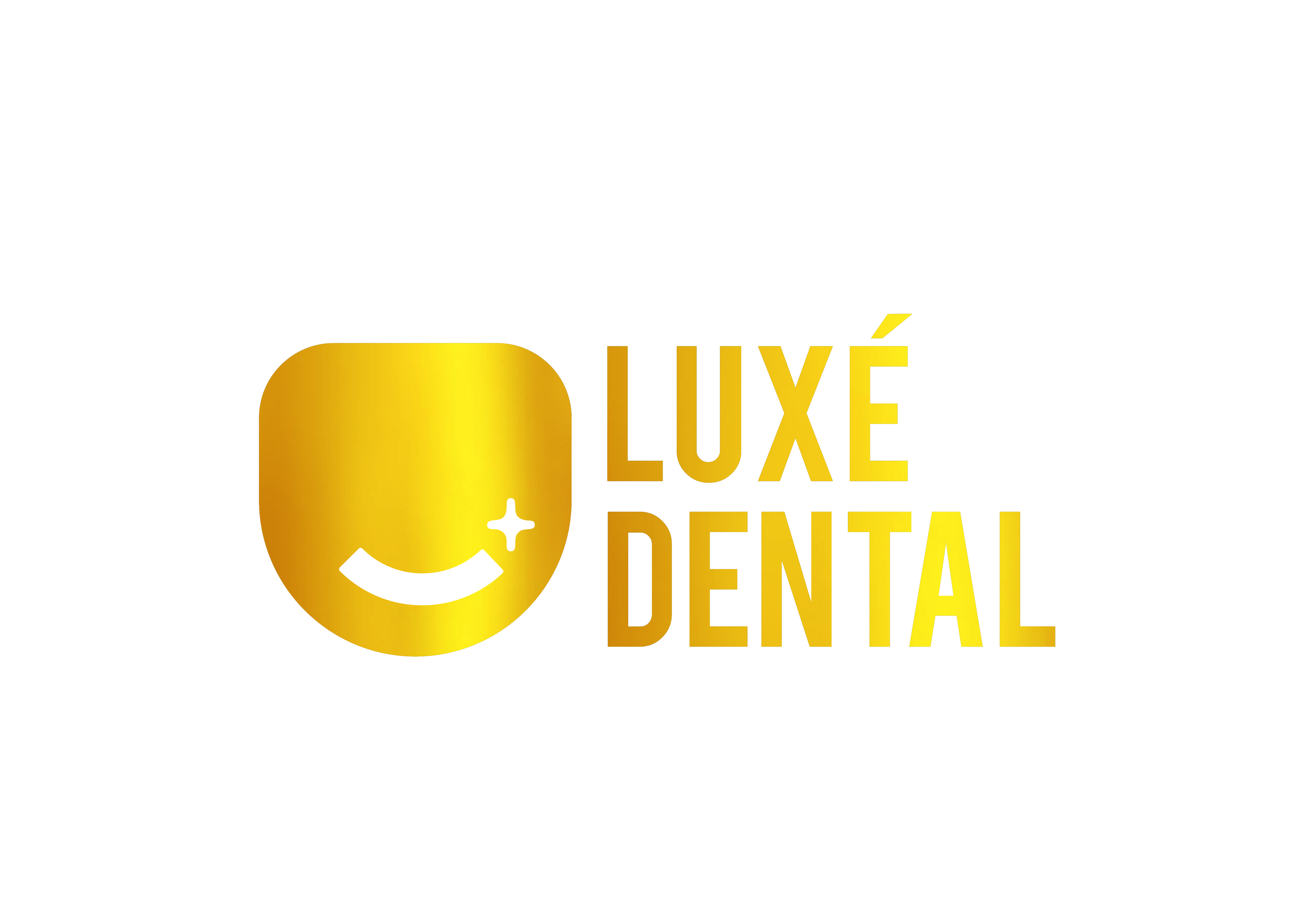Orthodontic issues like overbites, underbites, and tooth gaps can impact more than just your smile—they can affect your speech, oral hygiene, confidence, and overall dental health. Today, many people ask: Can Invisalign fix overbites, underbites and gaps?
With advancements in clear aligner technology, Invisalign has become a widely accepted treatment for various alignment concerns. But how well does it work for these specific issues? Let’s break it down with insights into what Invisalign can and can’t do, how the process works, and what to expect in terms of effectiveness and cost.
What Is Invisalign?
Invisalign is a clear aligner system designed to straighten teeth and correct bite issues through a series of custom-made, removable trays. These aligners apply controlled pressure to teeth, gradually moving them into a better position without the need for traditional wires and brackets.
The system is popular because it’s:
- Virtually invisible
- Removable
- Comfortable and less invasive than braces
- Designed using 3D imaging and digital planning
Now, let’s dive into how Invisalign addresses each of these common dental problems.
Can Invisalign Fix an Overbite?
What Is an Overbite?
An overbite is when your upper front teeth overlap your lower front teeth more than normal. While some overbite is natural, a deep overbite can cause:
- Jaw pain
- Tooth wear or damage
- Speech difficulties
- TMJ disorders
How Invisalign Helps
Invisalign can correct mild to moderate overbites by moving both the teeth and the jaw gradually. It uses SmartForce® attachments and, in some cases, elastics to shift teeth vertically and horizontally.
Success Factors:
- Consistency in wearing aligners 20–22 hours per day
- Use of additional tools like elastics for jaw alignment
- Dentist’s experience with bite correction cases
Treatment Duration:
Typically 12 to 24 months, depending on severity.
Note:
Severe overbites caused by skeletal issues may require surgery or a hybrid approach involving Invisalign and other orthodontic treatments.
Can Invisalign Fix an Underbite?
What Is an Underbite?
An underbite happens when the lower teeth extend further than the upper teeth, often due to:
- Jaw misalignment
- Genetics
- Thumb-sucking habits in childhood
This condition may cause:
- Difficulty chewing or biting
- Speech issues
- Jaw pain and wear on teeth
How Invisalign Helps
For mild to moderate underbites, Invisalign can:
- Realign the lower teeth back into position
- Reduce the projection of the lower jaw
- Improve overall bite functionality
Invisalign aligners are sometimes used with precision wings or elastics to help shift the jaw position.
Treatment Duration:
Around 12–30 months, depending on the complexity.
Note:
Severe skeletal underbites may require jaw surgery, especially if identified in adults.
Can Invisalign Fix Gaps in Teeth?
What Are Dental Gaps?
Dental gaps, or diastemas, are spaces between teeth. They may be caused by:
- Tooth size mismatch
- Gum disease
- Missing teeth
- Thumb-sucking or tongue thrusting
While some gaps are harmless, others can affect:
- Confidence
- Eating and speech
- Risk of food getting stuck and causing cavities
How Invisalign Helps
Invisalign is highly effective at closing gaps. The clear aligners are designed to apply steady pressure that gently brings the teeth together over time.
Why It Works Well:
- Digital planning helps target specific spacing issues
- Customised aligners shift teeth precisely
- No need for wires or brackets
Treatment Duration:
As short as 6 to 12 months, depending on the size and location of the gap.
How Invisalign Works for All 3 Conditions
Here’s how Invisalign treats these conditions step-by-step:
- Consultation & Digital Scan
The dentist uses 3D imaging to scan your mouth and plan out every tooth movement. - Custom Aligners Are Made
A series of aligners is created to gradually shift your teeth into their new position. - Wearing the Aligners
Aligners are worn 20–22 hours daily, removed only when eating, drinking (except water), or brushing. - Check-Ups & Adjustments
Regular reviews (every 6–8 weeks) ensure the treatment is progressing correctly.
Invisalign vs. Braces: Which One for These Issues?
| Issue | Invisalign | Braces |
| Overbite | Yes (mild–moderate) | Yes (all types) |
| Underbite | Yes (mild–moderate) | Yes (more versatile) |
| Gaps | Highly effective | Also effective |
| Aesthetics | Clear, removable | Visible wires |
| Comfort | Less irritation | May cause soreness |
Invisalign Cost in Nigeria in 2025
If you’re planning to get Invisalign in Nigeria, prices can vary based on the condition being treated and the clinic you choose.
- Mild cases (e.g. minor gaps) – ₦800,000–₦1,200,000
- Moderate to complex cases (e.g. bite correction) – ₦1,500,000–₦2,500,000+
Clinics like Luxe Dental in Lagos offer:
- Flexible payment plans
- Transparent pricing
- Experienced orthodontists
- Invisalign-trained professionals
Limitations to Keep in Mind
While Invisalign is versatile, it may not be suitable for:
- Severely rotated teeth
- Intrusion or extrusion of teeth (extensive vertical movement)
- Severe bite misalignments need surgical correction
In such cases, your dentist may recommend a combination of treatments or traditional braces.
Conclusion: Can Invisalign Fix Overbites, Underbites & Gaps?
Yes—Invisalign can effectively treat overbites, underbites & gaps in most mild to moderate cases. Thanks to digital precision, custom aligners, and ongoing innovations, Invisalign has become a trusted choice for those looking to improve both the function and appearance of their smile.
Before beginning your Invisalign journey, consult a certified provider who can assess your condition and provide the right treatment path.
Ready to Start?
If you’re considering Invisalign in Nigeria, visit Luxe Dental clinic in Lagos to get expert-led consultations, modern tech, and flexible plans tailored to your budget and treatment needs.
51b Oba Ladejobi St, Ikeja GRA, Lagos 101233, Lagos
+2349044374007
info@luxedentals.com







